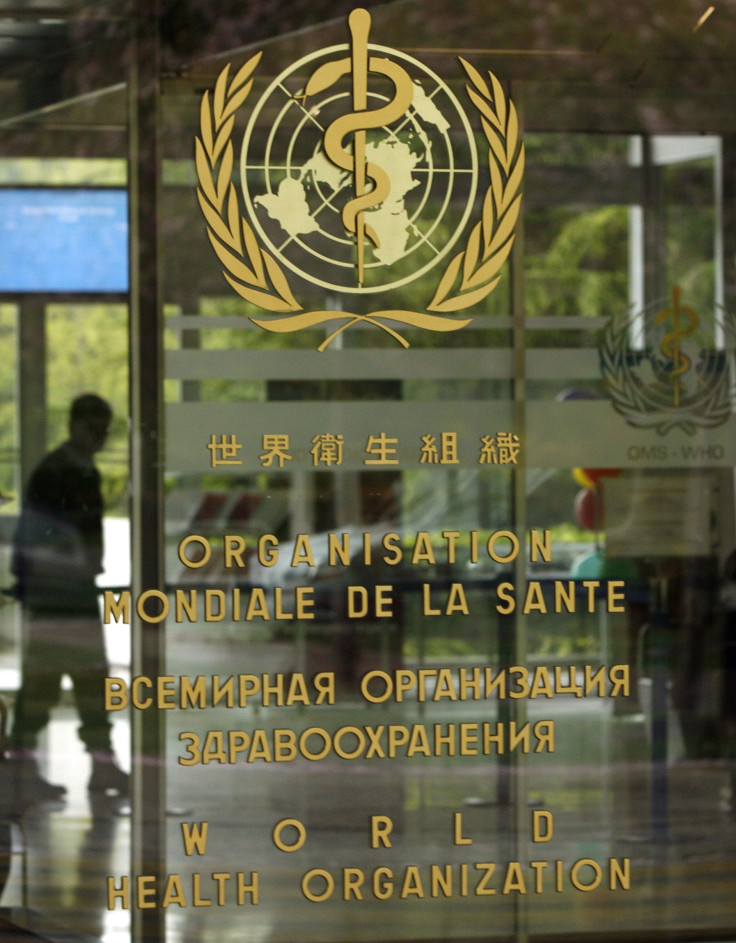WHO: A New Naming System Unveiled for Human Infectious Diseases

Follow best practices in naming new human infectious diseases to minimise unnecessary negative effects on nations, economies and people, urges the World Health Organisation, or WHO, to scientists, national authorities and the media. The United Nations agency, to avoid backlash, has issued their best practices for naming new human infectious diseases.
Dr Keiji Fukuda, assistant director-general for Health Security, WHO, says, “In recent years, several new human infectious diseases have emerged. The use of names such as ‘swine flu’ and ‘Middle East Respiratory Syndrome’ has had unintended negative impacts by stigmatizing certain communities or economic sectors. This may seem like a trivial issue to some, but disease names really do matter to the people who are directly affected. We’ve seen certain disease names provoke a backlash against members of particular religious or ethnic communities, create unjustified barriers to travel, commerce and trade, and trigger needless slaughtering of food animals. This can have serious consequences for peoples’ lives and livelihoods.”
To avoid stigmatisation of regions, cultures and economies that has been happening in the past due to the names of certain infectious diseases, WHO has now come up with a set of guidelines for naming new human infectious diseases in close collaboration with the World Organisation for Animal Health, or OIE, and the Food and Agriculture Organization of the United Nations, or FAO, and in consultation with experts leading the International Classification of Diseases, or ICD.
The aim is to provide an interim solution prior to the assignment of a final ICD disease name, without replacing the existing ICD system , while also not affecting the work of existing international authoritative bodies responsible for scientific taxonomy and nomenclature of microorganisms.
According to WHO, the best practices will apply to new infections, syndromes and diseases that have never been recognised or reported before in humans that have potential public health impact, and for which there is no disease name in common usage. However, these practices will not be applied to the infectious diseases whose names have already been established.
Furthermore, the disease name must contain generic descriptive terms related to the sysmptoms of the disease e.g., respiratory disease, neurologic syndrome, watery diarrhoea), along with more specific descriptive terms which can provide information on how the disease manifests, who it affects, its severity or seasonality (e.g., progressive, juvenile, severe, winter). Also if the pathogen that causes the disease is known then it should be part of the disease name (e.g., coronavirus, influenza virus, salmonella).
WHO has asked to avoid the inculsion of geographic locations (e.g. Middle East Respiratory Syndrome, Spanish Flu, Rift Valley fever), people’s names (e.g. Creutzfeldt-Jakob disease, Chagas disease), species of animal or food (e.g. swine flu, bird flu, monkey pox), cultural, population, industry or occupational references (e.g. legionnaires), and terms that incite undue fear (e.g. unknown, fatal, epidemic) while naming the new disease.
To contact the writer, email:ruchira.dhoke@gmail.com





















